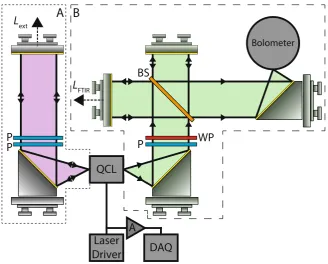Measurement of the emission spectrum of a semiconductor laser using laser-feedback interferometry
Full text
Figure




Related documents
Dietary fiber 2 kcal/g.. Nutrition Consideration and Oral Health Care for Edentulous Patients
Background: Councils of Chiropractic Education (CCE) indirectly influence patient care and safety through their role of ensuring the standards of training delivered by
It was decided that with the presence of such significant red flag signs that she should undergo advanced imaging, in this case an MRI, that revealed an underlying malignancy, which
The paper assessed the challenges facing the successful operations of Public Procurement Act 2007 and the result showed that the size and complexity of public procurement,
After successfully supporting the development of the wind power technology, an approach is needed to include the owners of wind turbines in the task of realizing other ways, other
19% serve a county. Fourteen per cent of the centers provide service for adjoining states in addition to the states in which they are located; usually these adjoining states have
Abstract The Research Data Centre (FDZ) of the German Federal Employment Agency (BA) in the Institute for Employment Research (IAB) was founded in 2004 and is intended mainly
